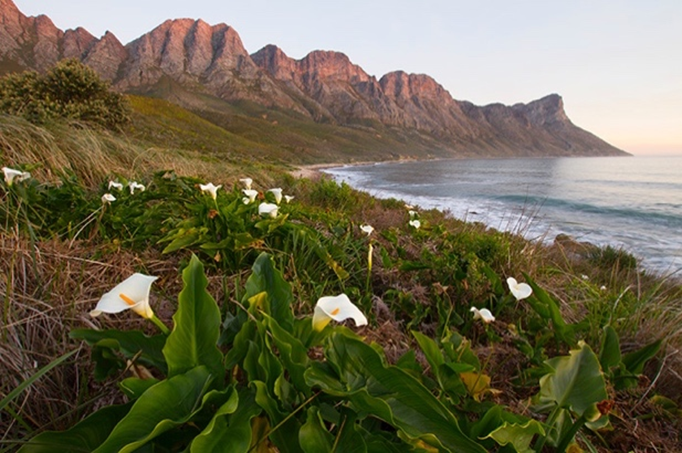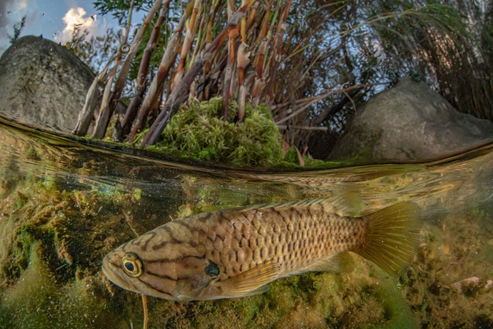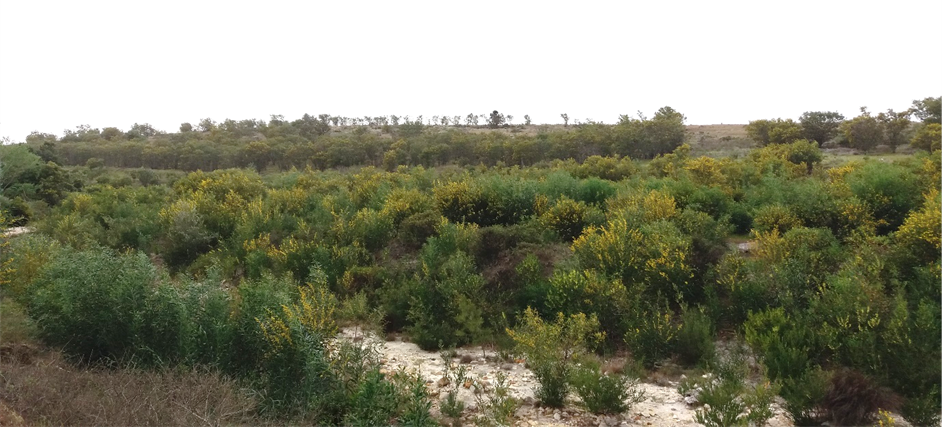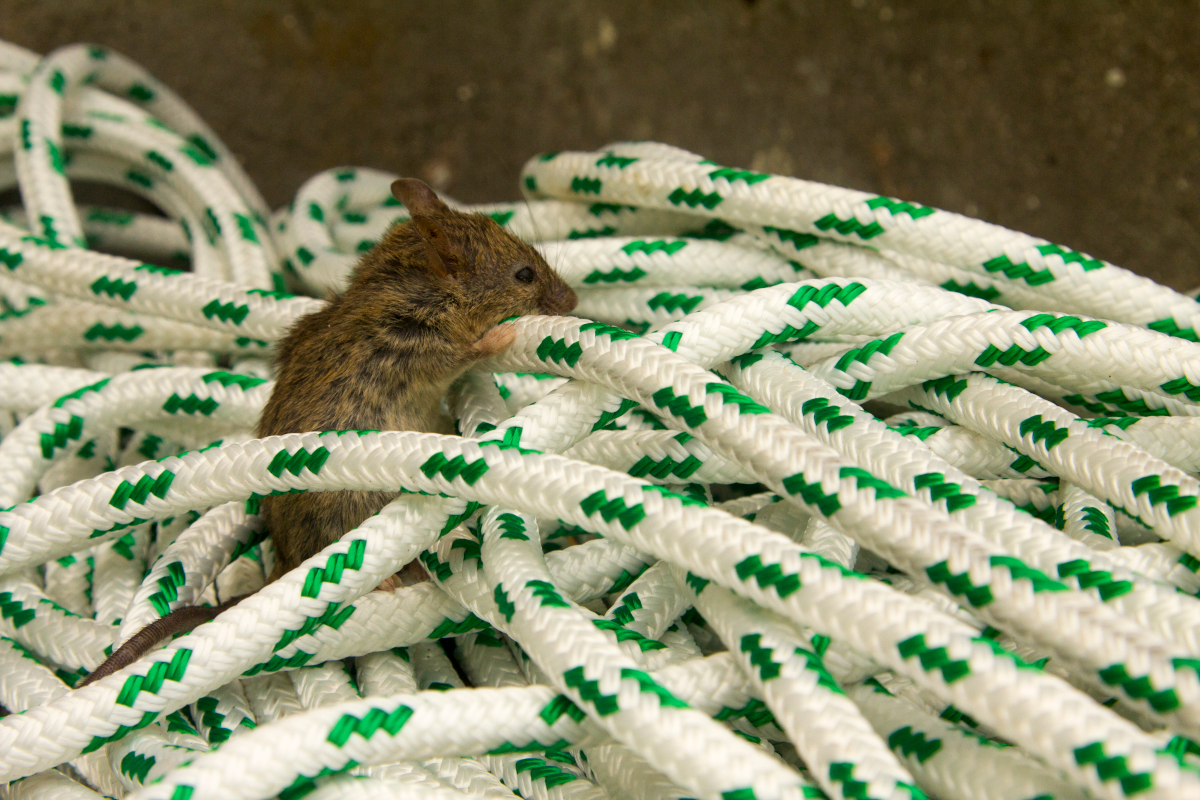New monitoring and reporting framework aims to reduce the impacts of invasive alien species in World Heritage Sites
World Heritage Sites contain cultural and natural heritage of outstanding value to humanity. The United Nations Educational, Scientific and Cultural Organization (UNESCO) has inscribed 1,121 sites worldwide, of which nine are in South Africa—including four natural sites: the Cape Floral Region Protected Areas; the Greater St. Lucia Wetland Park; Vredefort Dome; and Barberton Makhonjwa Mountain Land.




